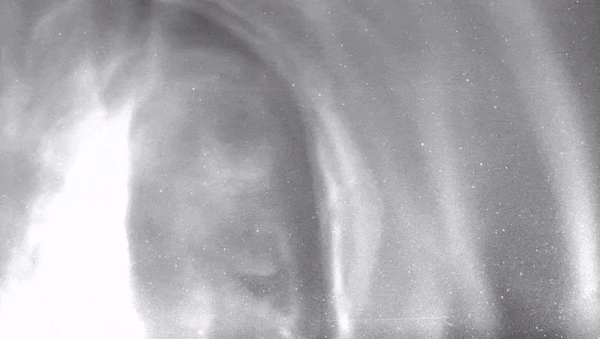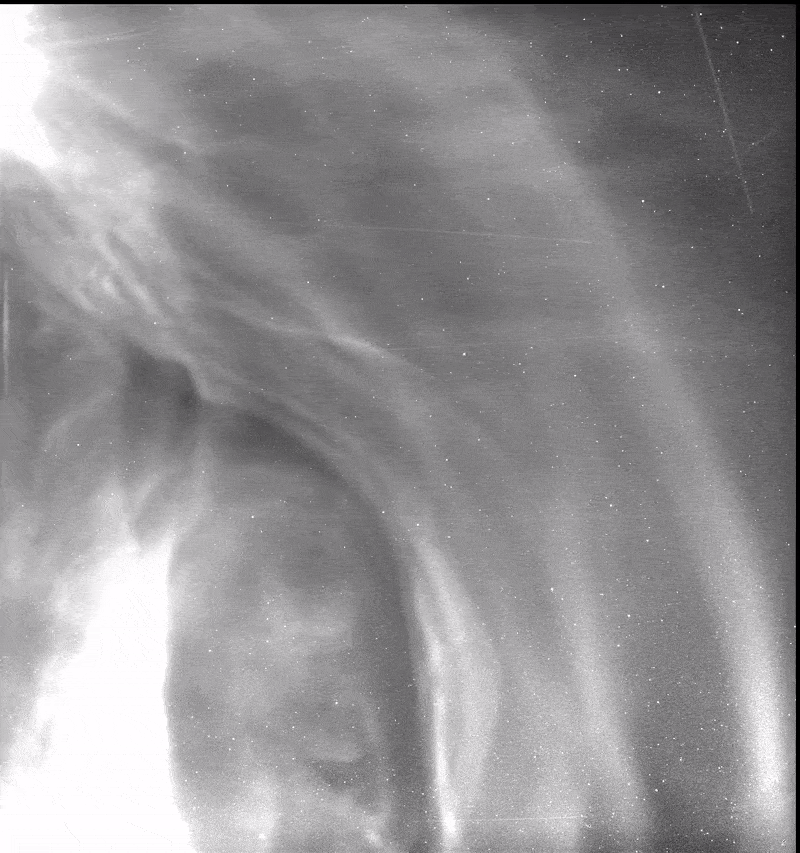NASA's Parker Solar Probe flies through major coronal mass ejection — and survives to tell the tale

Coronal mass ejections (CMEs), or magnetic bursts of plasma from the sun’s corona, are fearsome indeed. They can drive high-energy space storms for millions of miles and endanger satellites, astronauts and even electronics within Earth’s atmosphere. So, engineers cheered when they learned the Parker Solar Probe drifted through a CME unscathed on September 5, 2022.
Scientists had a few science-focused reasons to celebrate: Parker’s dangerous journey offered the probe a golden opportunity to view a CME up close. And in fact, Parker’s observations helped scientists validate a two-decade-old theory.
Related: Massive eruption on sun hurls coronal mass ejection toward Earth, auroras likely Sept. 19 (video)
As two scientists suggested in 2003, CMEs can push away interplanetary dust — the tiny detritus from planets, asteroids, and comets that is left to drift around the sun. Interplanetary dust is small and difficult to observe, but Parker’s Wide-field Imager for Solar Probe (WISPR) camera managed to pick out light reflected off the particles. The specks of such light were still very subtle, however, but scientists enhanced the signals by subtracting out the average brightness of images WISPR had taken during similar orbits.
When they did, they found the CME blew dust away along an approximately 6-million-mile-long (9.7 million kilometers) path from the sun. Guillermo Stenborg, an astrophysicist at Johns Hopkins University’s Applied Physics Laboratory and lead author of the paper, compared the observed effect to a vacuum cleaner. And just like a freshly vacuumed room, the gap in interplanetary dust quickly filled in with yet more interplanetary dust.
Whether all CMEs clean up dust in this way remains an open question. Since astronomers have only ever observed the phenomenon with this one 2022 event, Stenborg and colleagues believe that only the most powerful CMEs may be responsible for such tidying up.
Fortunately, the sun is approaching solar maximum, and Parker as well as other observatories may get more opportunities to observe these fearsome CMEs.
Breaking space news, the latest updates on rocket launches, skywatching events and more!
A paper on this research was published on May 31, 2023 in The Astrophysical Journal.

Rahul Rao is a graduate of New York University's SHERP and a freelance science writer, regularly covering physics, space, and infrastructure. His work has appeared in Gizmodo, Popular Science, Inverse, IEEE Spectrum, and Continuum. He enjoys riding trains for fun, and he has seen every surviving episode of Doctor Who. He holds a masters degree in science writing from New York University's Science, Health and Environmental Reporting Program (SHERP) and earned a bachelors degree from Vanderbilt University, where he studied English and physics.

